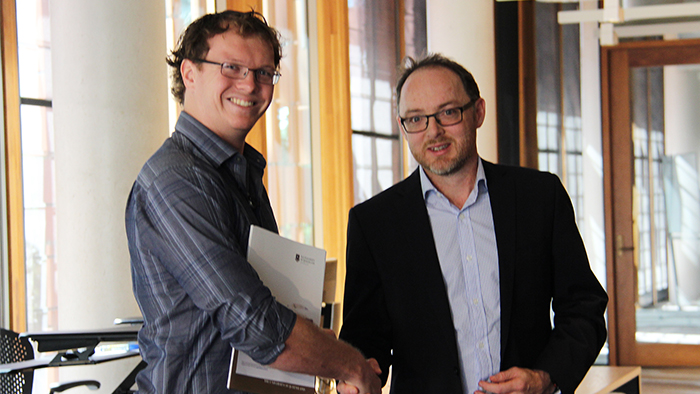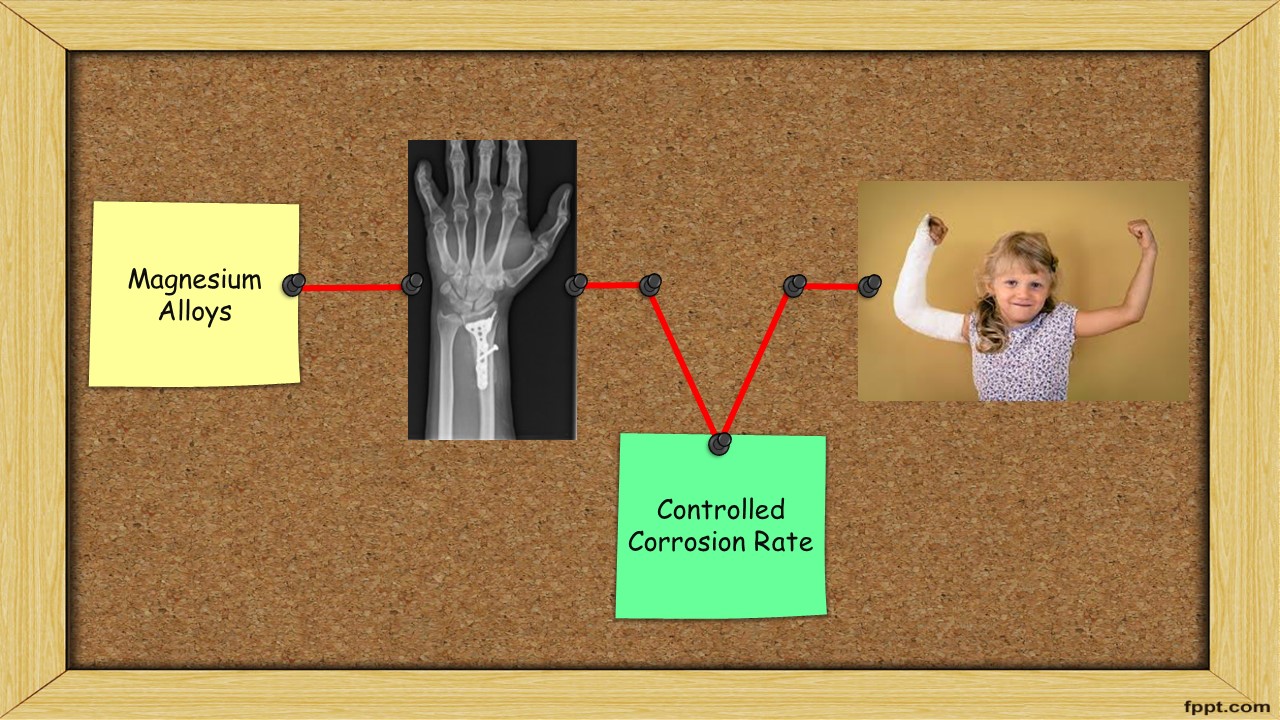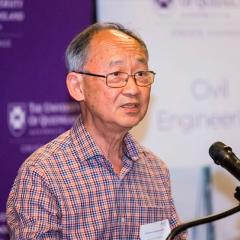Sean Johnston is a materials engineering PhD student at UQ's School of Mechanical and Mining Engineering. Sean was the runner-up in the EAIT Faculty Three Minute Thesis (3MT) competition in 2017.
Sean's supervisors are Professor Andrej Atrens and Associate Professor Matthew Dargusch. He is working on a new type of biomaterial called biodegradable metals. These are metals such as magnesium, zinc and iron which can be absorbed by the body, so are ideal candidates for temporary medical devices.
His work focuses on magnesium alloys, trying to understand how they degrade in the body and ways to better tailor them to medical applications.
Sean hopes to finish his PhD in late 2018.

Magnesium and post-it notes
Post-it notes. A cornerstone of the modern office, were invented entirely by accident when scientists were trying to develop the next generation of super-glue, but instead, made a glue so weak it could barely hold two pieces of paper together.
However, with a little innovated thinking, the weakness of this glue became the strength of the product.
I’ve always loved this idea, of finding strength or opportunity in a perceived weakness. My little sister isn’t short, she’s fun-sized. My uncles not bald, he’s aerodynamic.
So I try to apply this philosophy to my research as well, which looks at magnesium alloys which are well known for their high strength to weight ratio.
Pound for pound, they are significantly stronger than steel. Unfortunately, they are also quite reactive, and corrode readily in a number of environments.
But what if we could if we could find applications where this tendency to corrode wasn’t a weakness, but a strength?
I believe we’ve found such an application: in medicine.
When something in the body breaks, it is common to use implants to help support that part of the body as it heals. This is shown on my slide (see below) in an orthopaedic (ie bone) application, because little Suzie took a tumble from the monkey bars and so needs screws and plates to help support her broken arm as it heals.
What if we could make these implants out of safe, absorbable materials, which can slowly corrode into the body: getting weaker, as the body gets stronger?
This is the opportunity we have with magnesium alloys in medicine.
The ability to safely corrode in the body will eliminate the need for a secondary surgery to remove the implant once the body has fully healed.
Fewer surgeries lead to fewer complications, less risk, less cost, less time in the hospital for Suzie and her family.
Unfortunately, before we can achieve these better patient outcomes, we need to take a slight detour and handle those pesky corrosion rates, which must be slow and controlled, otherwise the implant may break before Suzie’s arm has fully healed.
This has formed the crux of my thesis. I’ve spent the last few years trying to understand and control magnesium corrosion in a medical environment.
I’m working on new, innovative alloys which are specifically design to be used in medicine, and I’ve determined ways to safely sterilize those alloys without harming their corrosion rates.
Additionally, I’ve developed surface conditions which can slow the corrosion rate by up to 50 per cent, aiming to match the rate the body tissue heals.
I’m going to use this research to develop the next generation of absorbable medical implants, made with magnesium components. Turning this material’s greatest weakness into its greatest strength.

Never heard of the 3MT? Find out more about this global competition for PhD students at the 3MT website.



